In this non-inverting circuit at page 6 of "A Single-Supply Op-Amp Circuit Collection (SLOA058)":
I've found out the equation to be (assuming Vcc=+5 V):
$$ Vo=(Vin-2.5)*\frac{R_{1}+R_{2}}{R_{1}}+2.5 $$
Which gives -2.78 V for Vin=0.1V .That cannot be satisfied as this is a single supply operation.
I've verified my equation with this spice simulation with various Vin voltages. It also clips if I give SINE(0 500m 1k) as Vin :
Edit: There is a typo in the above schematic. R2 should go to Vcc/2 instead of GND.
What am I doing wrong? I think there should be a Vcc/2 bias at \$V^{+}\$. But can TI be wrong?
Also when adding a low output impedance Vcc/2 source directly at \$V^{+}\$, it doesn't give the desired effect. You have to put a little big series resistor (100K) after Vcc/2 source. Why is that?
Edit: This is because of the series resistances of the voltage sources, both Vcc/2 and Vin. The series resistances form a voltage divider in-between and preventing you to create a bias; in fact, it will create a bias and almost remove Vin. Still cannot figure out the above question, though.
Edit:
OK, I didn't want to make this a long question. However, there are misunderstandings which are normal because I was in a rush when I asked this question so I was not clear enough.
I am using a model of LM324 instead of an ideal OP-AMP.
Here is the circuit I think it should be:
Here is the circuit in TI paper:
Clearly, there is a bias error.
